Product photography is essential to e-commerce websites and nearly all other types of businesses. It is a surprisingly diverse genre that requires both creativity and technical expertise to produce awe-inspiring images.
When hiring Product Photographer look for someone with experience lighting products in a tabletop environment. This will help with productivity and image quality.
Product photographers photograph goods for retail or commercial use, including e-commerce websites. They work with food and clothing retailers, jewelry manufacturers, and lifestyle and fashion magazines to create high-quality product images for advertising and marketing. Their duties and responsibilities are often to set up a studio or shoot location, work with a stylist or style the shoot themselves, and edit photos for print and online use.
A successful product photographer must have excellent organizational skills to manage a large project. They must know how to communicate with the photo assistants, warehouse and distribution managers, and other resources at the company or brand. They must also be able to read the needs of the client and translate those to the production team.
Product photography involves a lot of detail work, and it isn’t always possible to get the image perfect in-camera. Even brand-new products can have small imperfections such as a splash of glue or dust that might spoil the shot. This is why retouching is a critical part of the process, and a good product photographer knows how to capture images that will be easier to clean up in post-production. Typically, they will shoot with retouching in mind, so they can use props and lighting to minimize the amount of work required for editing.
Style
Product photography may look simple—and it is easy enough for anyone to point a camera at an object and press a button—but great product photos take time, skill, and knowledge. From lighting to a clean background to retouching, creating compelling images that sell is no small feat. Product photographers must be familiar with a wide range of styles, from basic product-only shots to complex lifestyle images.
Many product photos use a white background to showcase the item and limit distractions. Others, however, are more creative and use a darker backdrop to create a moodier feel. The moody style became popular in the ’80s and ’90s and is now making a comeback as more brands embrace it for its ability to convey emotion.
Some product photos also utilize models to help create a more human connection with consumers. This can be an effective strategy for apparel and other consumer products, as well as for more technical items like electronics and appliances.
Lighting is a crucial element of all types of photography, but it can be especially important for product shots. A product photographer must understand how to control light to create a clear, sharp image without overpowering the subject with too much shadow or glare.
A good product photographer will also know how to work with props and create an environment that is suitable for the type of product they’re shooting. A kitchen utensil shot on a wooden table, for instance, adds context and credibility to the image. It’s also common to use multiple similar products in a single photo, which helps shoppers make more informed buying decisions.
Anyone who wants to become a product photographer can start by practicing with objects they have at home. This can be a great way to get familiar with the process and learn new skills. It’s also helpful to pay attention to ads and other product photography online for inspiration, but don’t copy other images—aim to develop your own unique style. With the right practice and expertise, you can master this specialized form of still life photography and grow your own business.
Packaging
Product photography includes images of products in their packaging, as well as of the product itself. These photos are vital to in-person shoppers who may not have read the product description or compared features online. This type of photography is also needed for printed materials like brochures and ads. Every business that sells something needs these kinds of images.
Hiring Tip
When looking for a product photographer, look for one with broad experience. You want them to have a solid understanding of how to light, prop and position all types of products. Having worked with a wide range of different product categories is important because it demonstrates that they can adapt their style to match the brand’s vision and expectations.
For some industries, such as food and consumer packaged goods (CPG), you must follow strict GS1 standards to connect the Global Trade Item Number (GTIN) with the digital image file. This ensures that the correct product is delivered to a retailer, which is crucial for CPG companies that sell their products in multiple channels. A good product photographer will be familiar with these requirements and be able to provide the necessary files to meet them.
A product photographer’s responsibilities include managing studio resources, communicating with all project stakeholders and staying organized. They’ll need to be able to solve problems that arise during the shoot, including software glitches or equipment failures. They’ll also need to work with assistants to create efficient shooting schedules and manage the flow of products during the shoot.
A successful product photographer isn’t necessarily interested in making prints of their photos for sale as artwork. Although this is an option for some, they’re more focused on their primary function, which is to help clients sell items through the photographs they produce. This means that they work closely with sales and marketing to understand the products and their customers, and then they create images that will entice buyers and inspire purchases. While this is a demanding career, it’s also incredibly rewarding and lucrative for those who have the skills and drive to excel at it.
Retouching
Product photographers must have retouching capabilities in order to produce the polished and awe-inspiring images that they are known for. Even brand-new products can sometimes have minor defects that a good retoucher can eliminate to make the final image perfect. The retouching process can also be essential when it comes to adding special effects or compositing several elements together.
As with any other type of photography, it is important for a Product Photographer to be well-versed in the use of various editing software programs. This is because they will need to be able to edit images for a wide variety of purposes, including online and print marketing. Some of the most common editing processes include blemish removal, background manipulation, and color correction.
The first step in retouching is importing the image into the software program. After that, the retoucher analyzes the image to determine what needs improvement. This may include addressing lighting issues, eliminating dust specks, and enhancing overall composition. Once the retoucher has determined what needs to be done, they can then select the appropriate retouching tools and begin working on the image.
For portraits, retouching typically involves removing blemishes and smoothing skin. It can also include changing the position of a subject to create a more flattering and visually appealing image.
Depending on the specific needs of the client, retouching for product photography can be quite complex. For example, some retouchers might need to remove the tag from a shirt or resize the dimensions of a handbag. This type of retouching can also require the use of sophisticated photo editing techniques such as masking and clipping path.
Product photography is a demanding and rewarding career. It requires a high level of technical skill and the ability to think outside the box to come up with innovative solutions for each project. While this isn’t the ideal career for everyone, it can be a great choice for those who enjoy working independently and stretching their artistic muscles with inanimate objects. The average salary for a Product Photographer is around $30,000. If you are interested in becoming a Product Photographer, it’s important to research the industry and find out which types of products are most in demand. Once you have a clear understanding of the market, you can focus your search for a job on those specific industries.


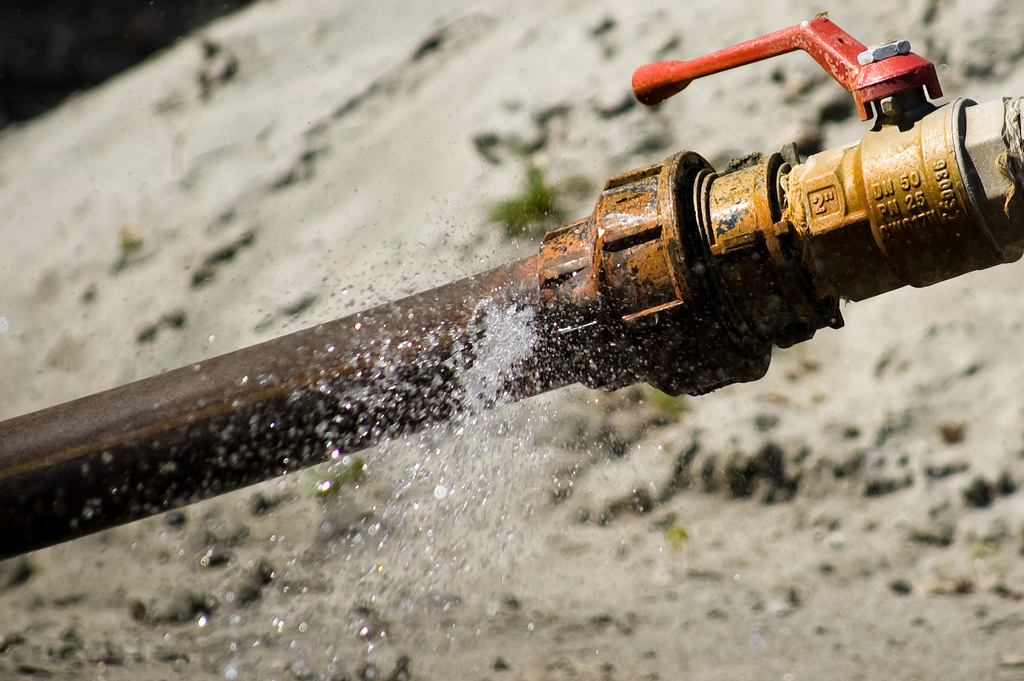
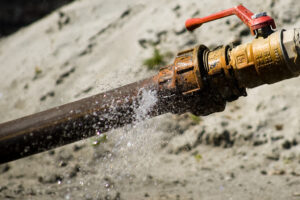
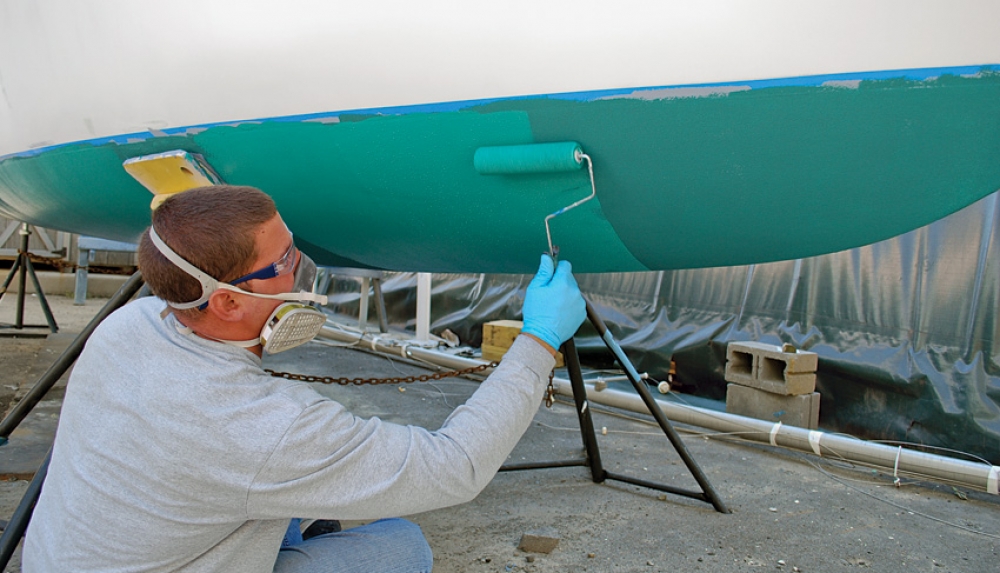

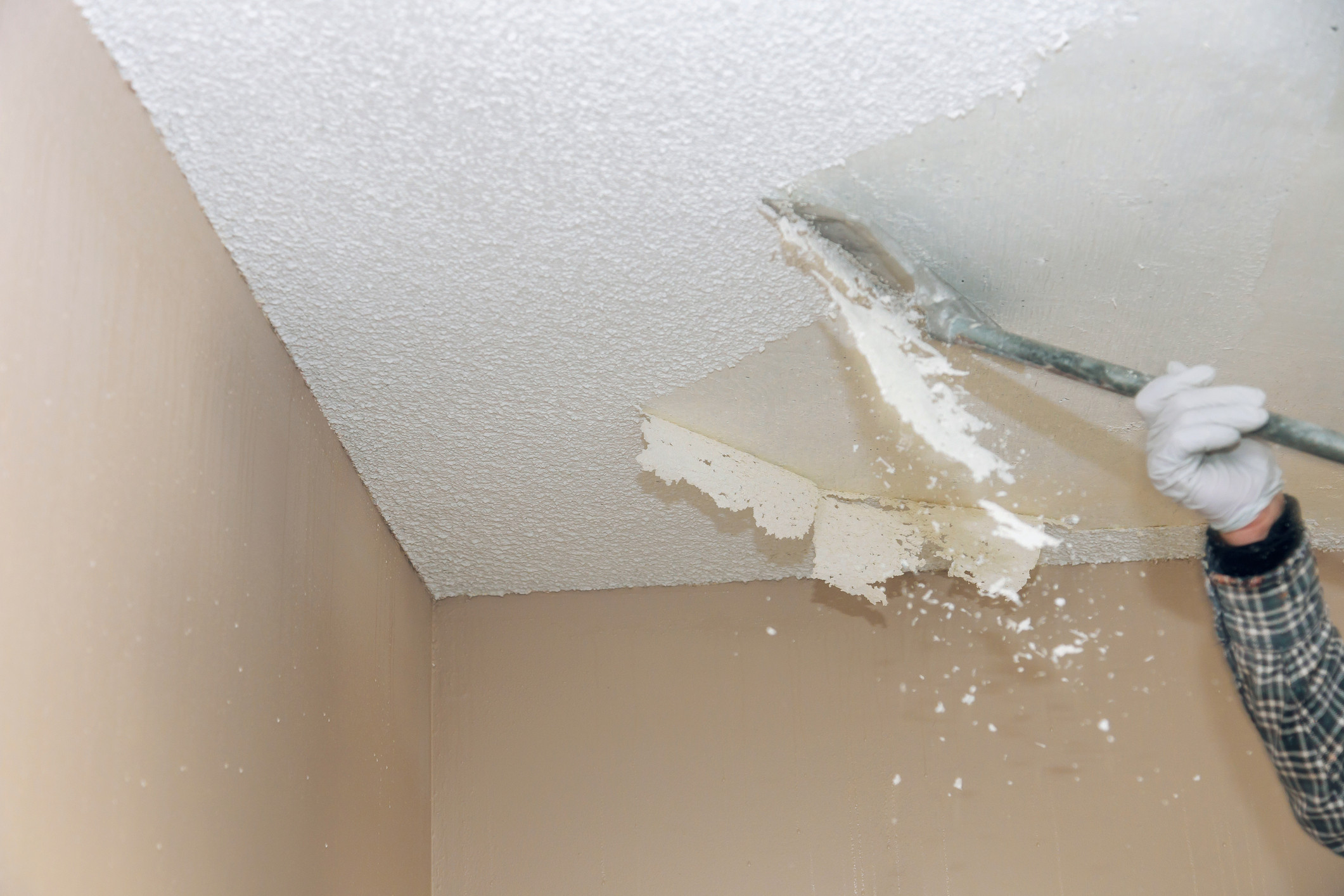
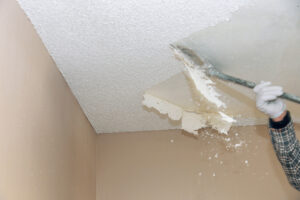 wever, it’s important to do it correctly. This will prevent further damage to your home and help you avoid the cost of repairs down the road. If you need some professional expertise to do the job for you, contact
wever, it’s important to do it correctly. This will prevent further damage to your home and help you avoid the cost of repairs down the road. If you need some professional expertise to do the job for you, contact 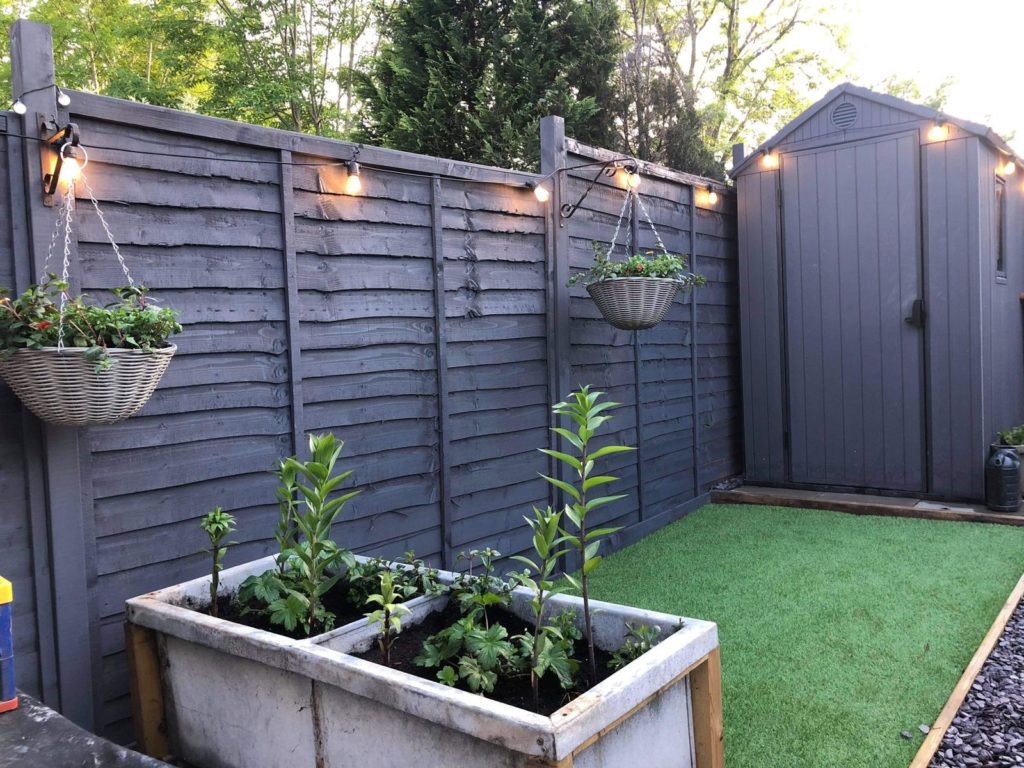


 In addition to adding value to your home, a professional exterior house painting contractor can also improve the aesthetics of your home. An attractive and well-maintained home is more likely to attract buyers and sell for a higher price than a less appealing one.
In addition to adding value to your home, a professional exterior house painting contractor can also improve the aesthetics of your home. An attractive and well-maintained home is more likely to attract buyers and sell for a higher price than a less appealing one.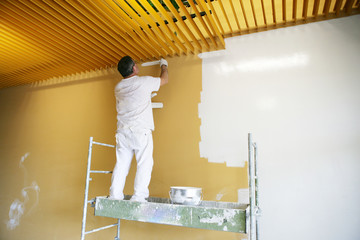
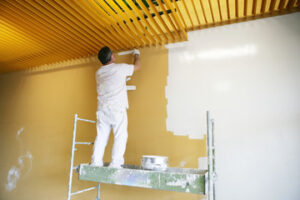 If your apartment or condominium building needs a new coat of paint, you will want to hire a Painter. However, finding a good painting contractor can be tricky. The best way to find a reputable painting company is to research their reviews online. A bad review can tell you if a company is unreliable, while a positive review is a sign that the painting company is trustworthy. You should also ask for references. Many people will hire a painting company based on price, but this can lead to a lot of unexpected costs.
If your apartment or condominium building needs a new coat of paint, you will want to hire a Painter. However, finding a good painting contractor can be tricky. The best way to find a reputable painting company is to research their reviews online. A bad review can tell you if a company is unreliable, while a positive review is a sign that the painting company is trustworthy. You should also ask for references. Many people will hire a painting company based on price, but this can lead to a lot of unexpected costs.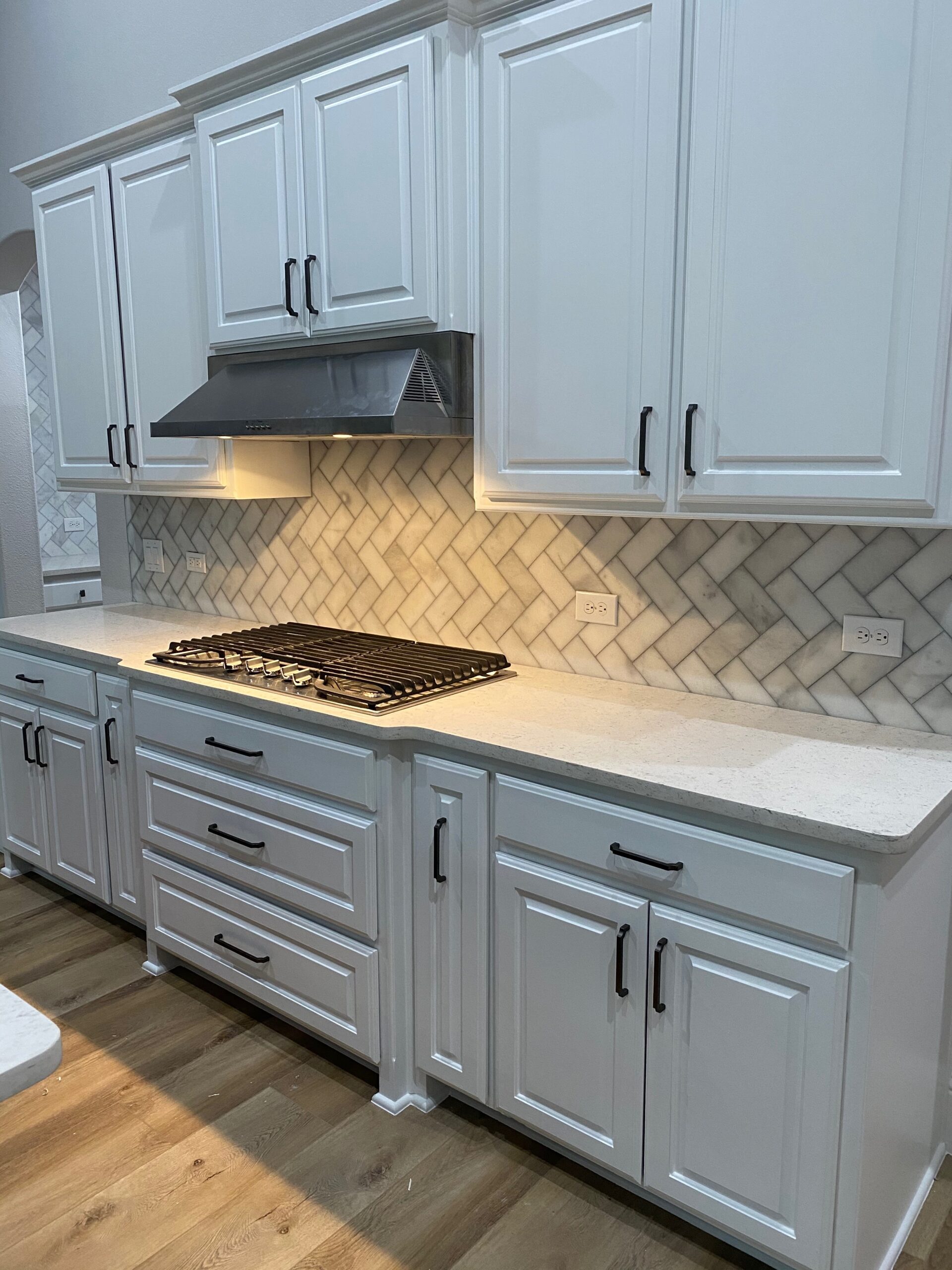


 Asphalt shingles are a popular roofing material because they’re inexpensive and easy to install. They also come in a variety of colors, textures, and styles, making it easier for homeowners to find the right fit.
Asphalt shingles are a popular roofing material because they’re inexpensive and easy to install. They also come in a variety of colors, textures, and styles, making it easier for homeowners to find the right fit. 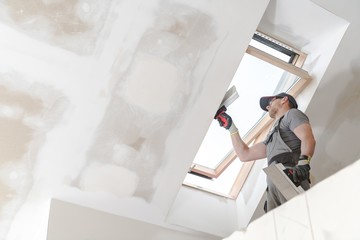
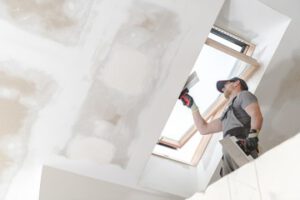 First, you need to make sure that your drywall is bone-dry before applying any primer or paint. In addition, you may need to sand the surface of your drywall. This is to make the paint adhere better.
First, you need to make sure that your drywall is bone-dry before applying any primer or paint. In addition, you may need to sand the surface of your drywall. This is to make the paint adhere better.